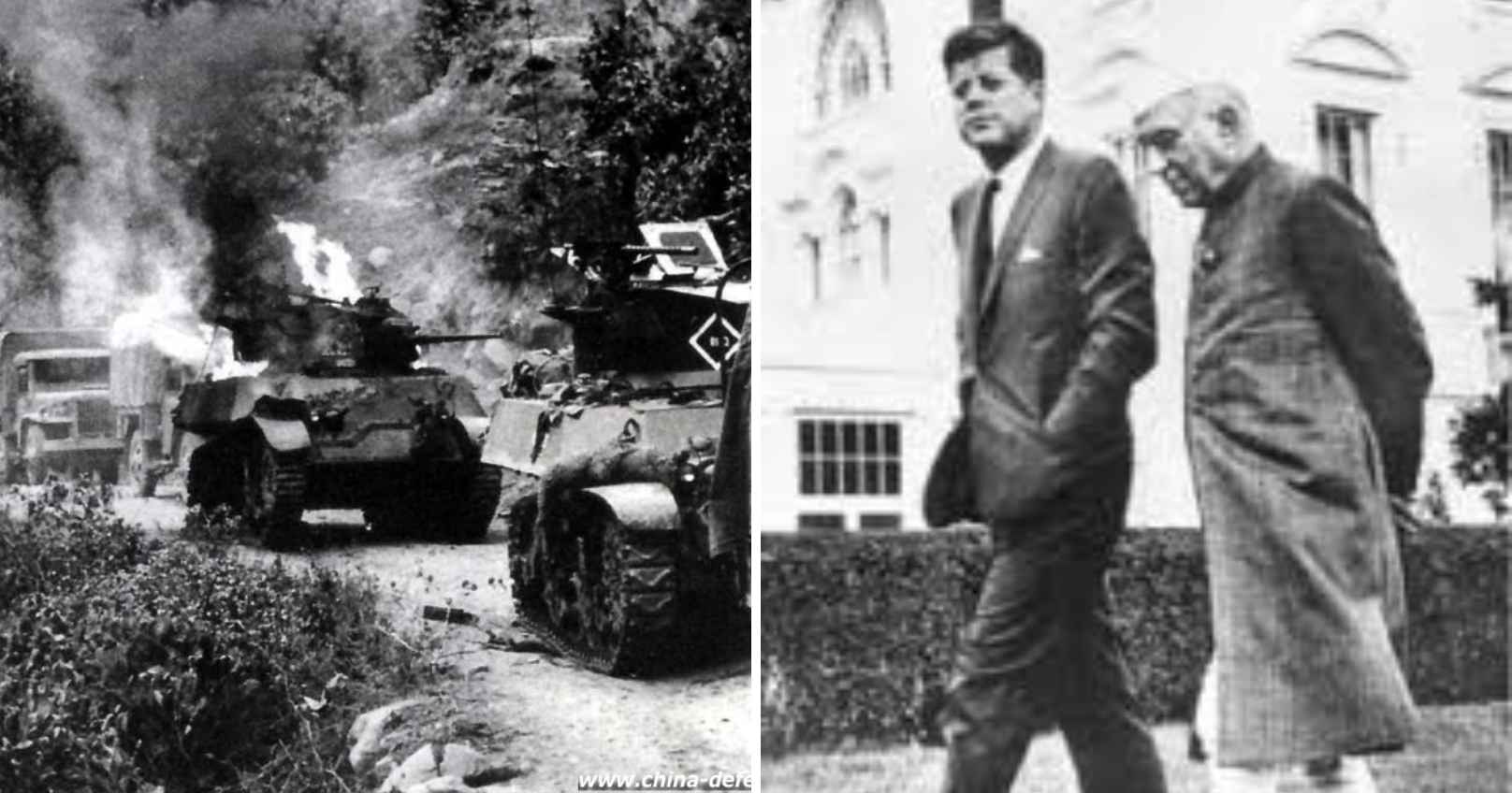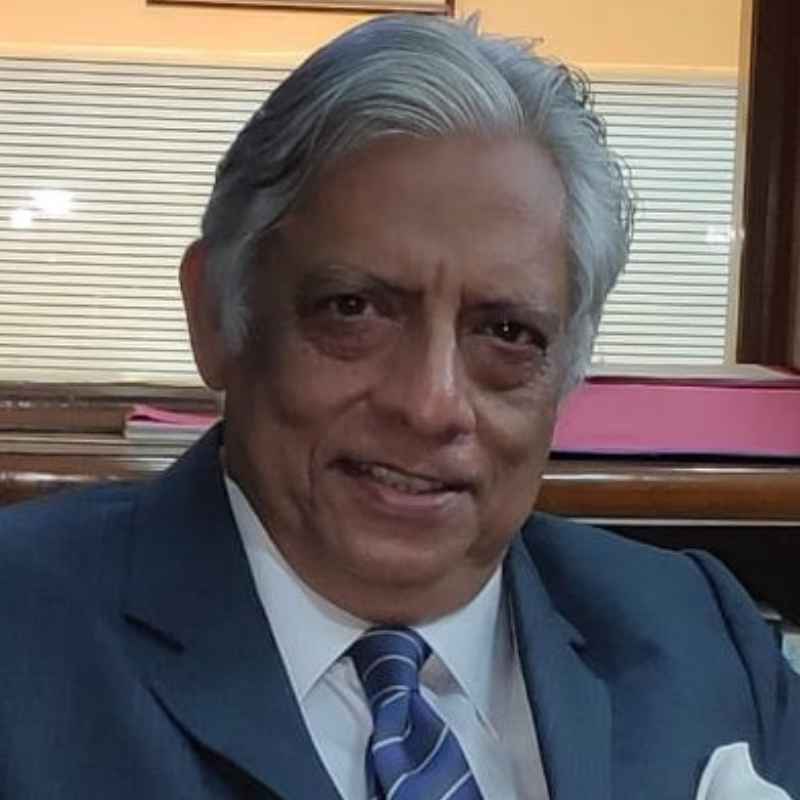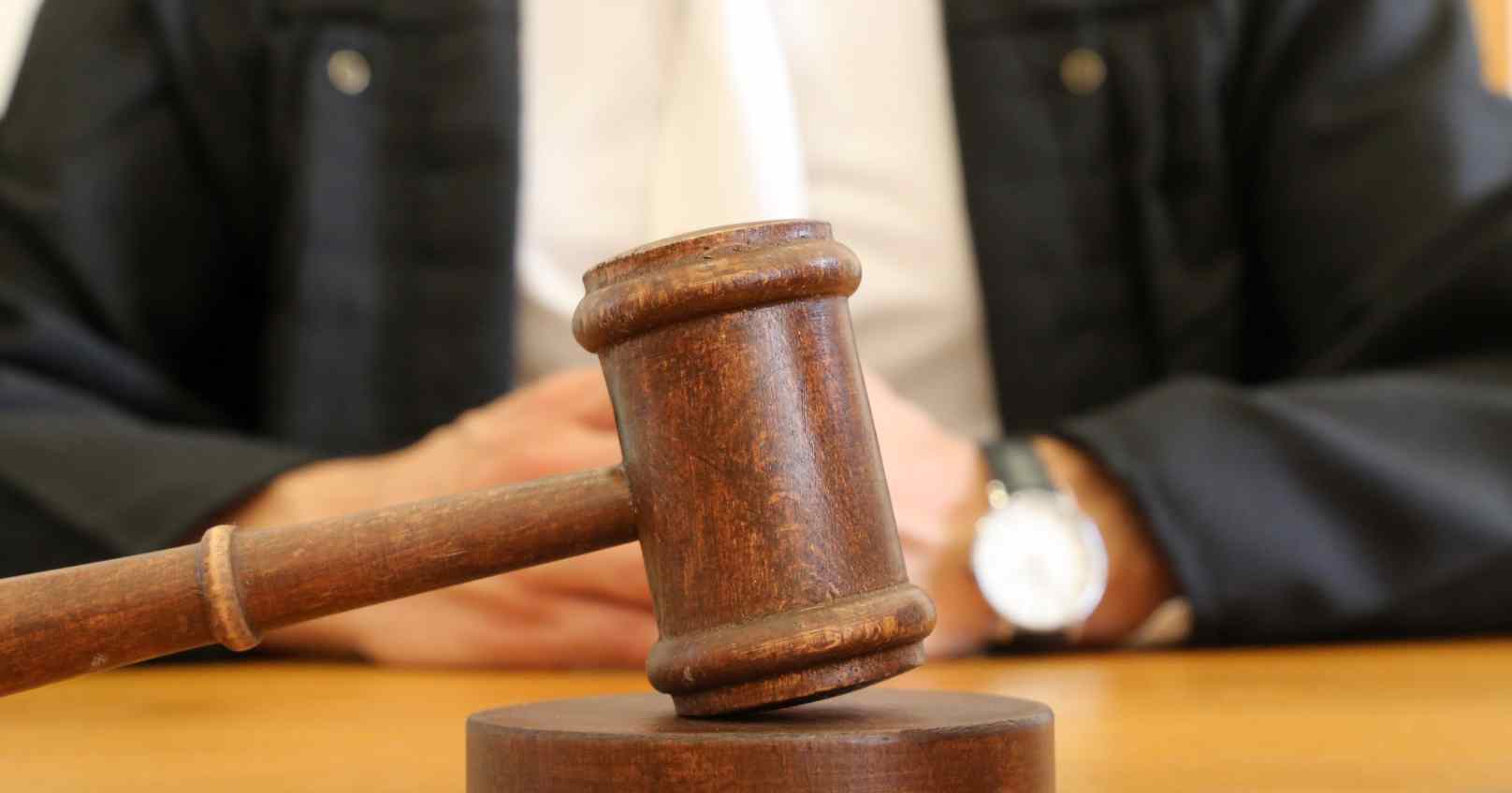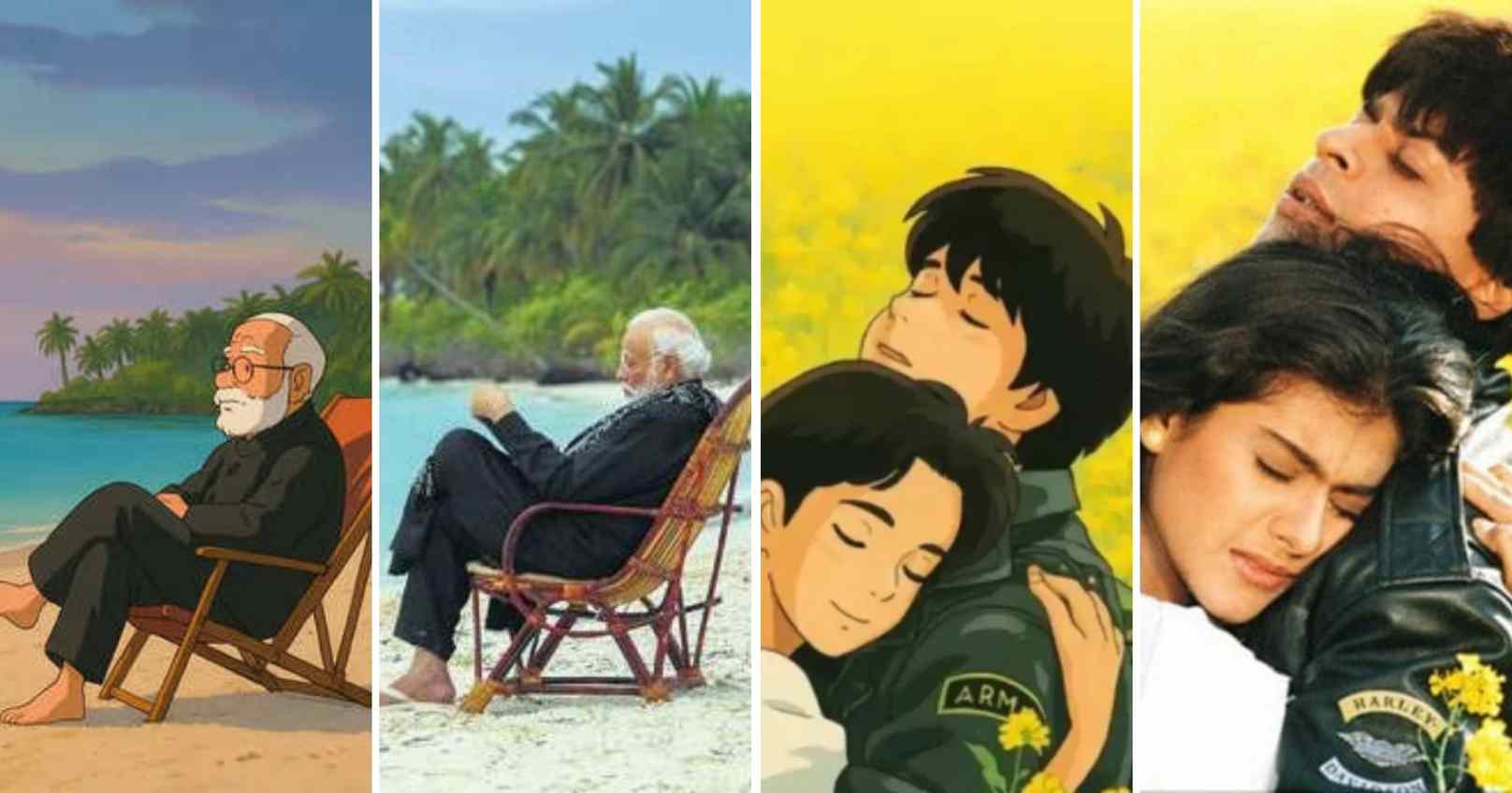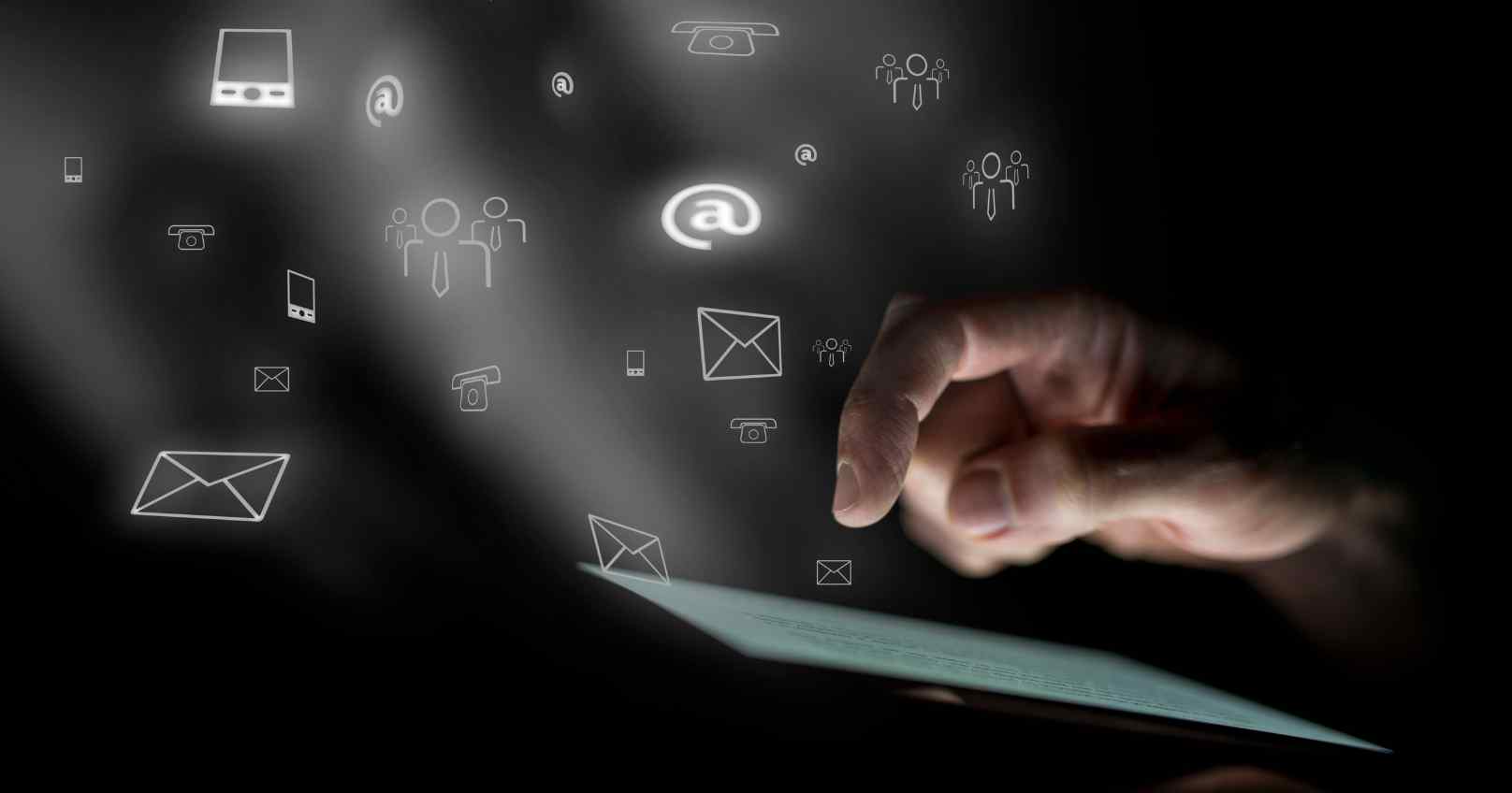The relations between India and the United States reached their pinnacle during President John Fitzgerald ‘Jack’ Kennedy’s tenure that witnessed the historic genesis of the ebullient ‘Nehru-Kennedy Spirit’. Welcoming our first Prime Minister Pandit Jawaharlal Nehru on his fourth visit to the United States at the Andrews Air Force Base, Maryland, on 6th November,1961, just a year before the Indo-China war, Kennedy said, ‘India and America are separated by half the globe, but I think that you are aware, as you surely must have been aware, during the long days of your struggle for independence, of the great well of affection and regard for which your country and people are held in this country--a great affectionate regard which belongs to you particularly in these difficult days. So, Prime Minister, we welcome you here to the shores of this country as a friend, as a great world leader, as one who has in his own life and times stood for those basic aspirations which the United States stands for today.’ Nehru responded enthusiastically, ‘Your nation was nurtured in liberty. So also ours, in a peculiar way rather unlike other countries, in the sense that we had a peculiar leader, to whom you were pleased to refer, Mahatma Gandhi. And our struggle for freedom as always everywhere conditioned us, and Mr. Gandhi’s message and the training he gave us also conditioned us…And among the things that he laid great stress on, as you no doubt know, Mr. President, was on peace and peaceful methods of approach to problems…We face mighty problems in the world today, and you, Mr. President, bear perhaps the greatest responsibility in this world. And so we look up to you and to your country, and seek to learn from you, and sometimes also to express what we have on our minds, so that we can achieve the greatest aim that the world needs today and that is peace and opportunity to grow and flourish in peace.’
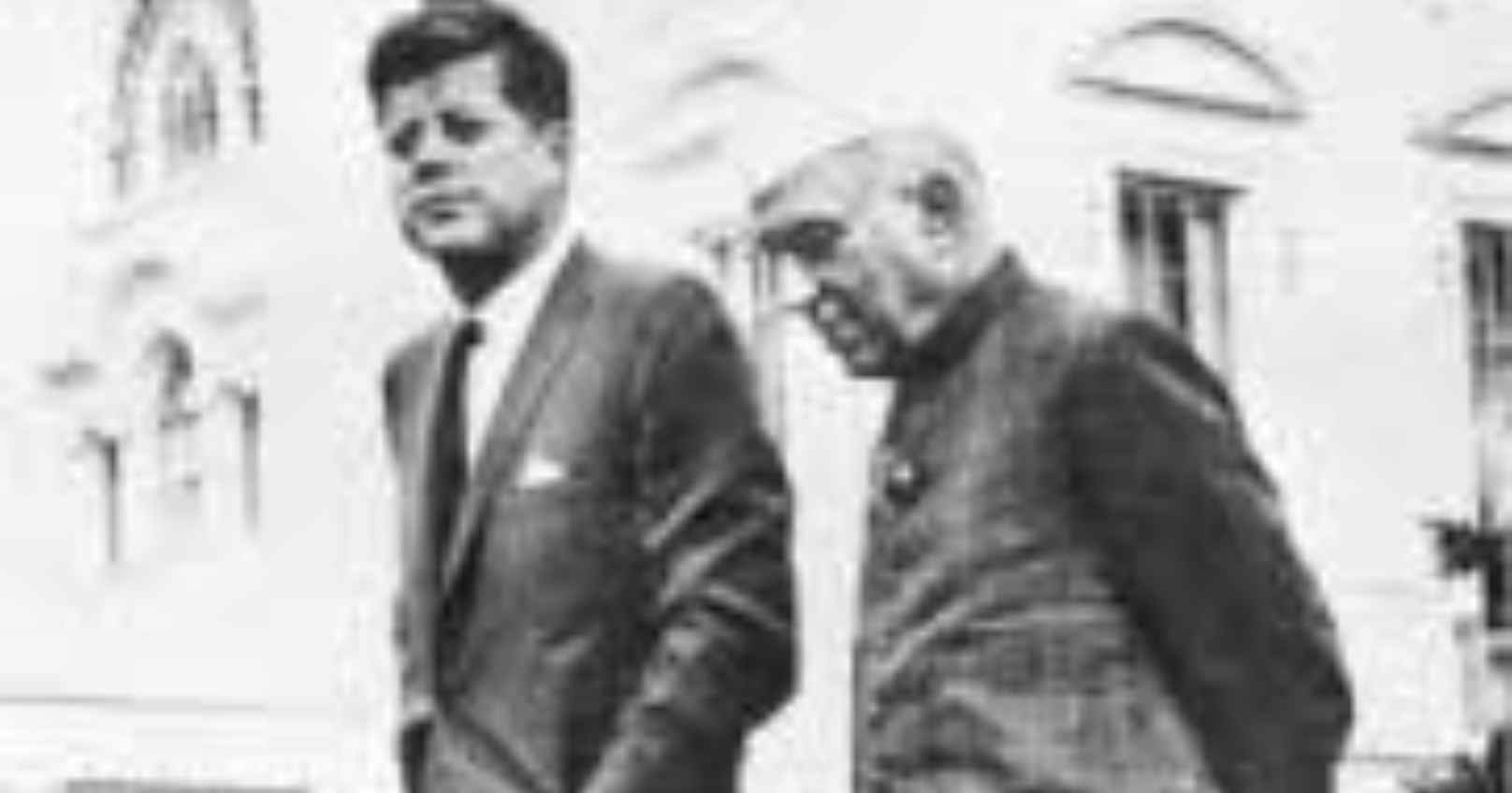
Nehru and the monumental British wartime leader Sir Winston Leonard Spencer-Churchill both studied at Harrow School, the iconic boarding school located in a verdant 300-acre estate in Middlesex, London, and founded in 1572 by John Lyon, a wealthy local farmer, under a Royal Charter of Queen Elizabeth I. They harboured an inexplicable mutual respect and admiration for each other. At the Commonwealth Prime Ministers’ Conference in June,1953, hosted by Churchill to commemorate the happy occasion of the Coronation of Queen Elizabeth II (who sadly passed away peacefully on 8th September,2022 at Balmoral Castle), Churchill unequivocally expressed his adulation for Nehru as a man who had ‘conquered two great human infirmities: fear and hate.’ He even visualised his fellow Harrovian as the ‘Light of Asia’, who was shaping the destiny of hundreds of millions of Indians and playing an ‘outstanding part in world affairs’.
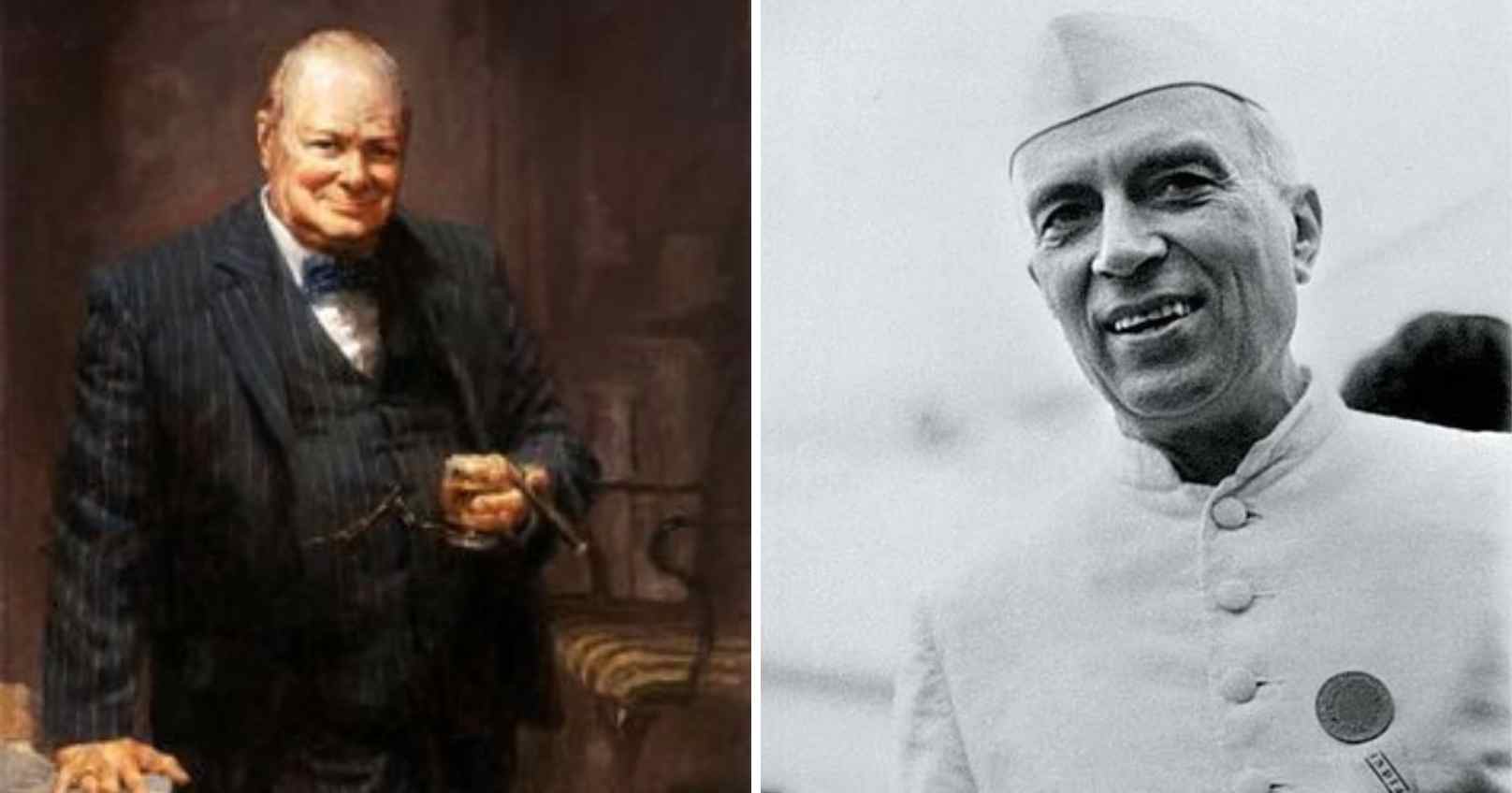
Nehru assiduously cultivated Communist China with a view to achieving lasting peace in Asia and even coined the illusory slogan ‘Hindi Chini Bhai Bhai’. India and China, along with other Afro-Asian nations met at the first large-scale Afro–Asian Conference at Bandung, Indonesia, in April,1954, that resulted in a 10-point ‘declaration on promotion of world peace and cooperation’, incorporating the principles of the United Nations Charter. Nehru was intensely drawn into the vortex of the Chinese trap and naturally didn’t pay heed to Churchill’s timeless warning of August,1942 vintage, which still holds sway, ‘Trying to maintain good relations with the Communists is like wooing a crocodile. You do not know whether to tickle it under the chin or beat it over the head. When it opens its mouth you cannot tell whether it is trying to smile or preparing to eat you up.’
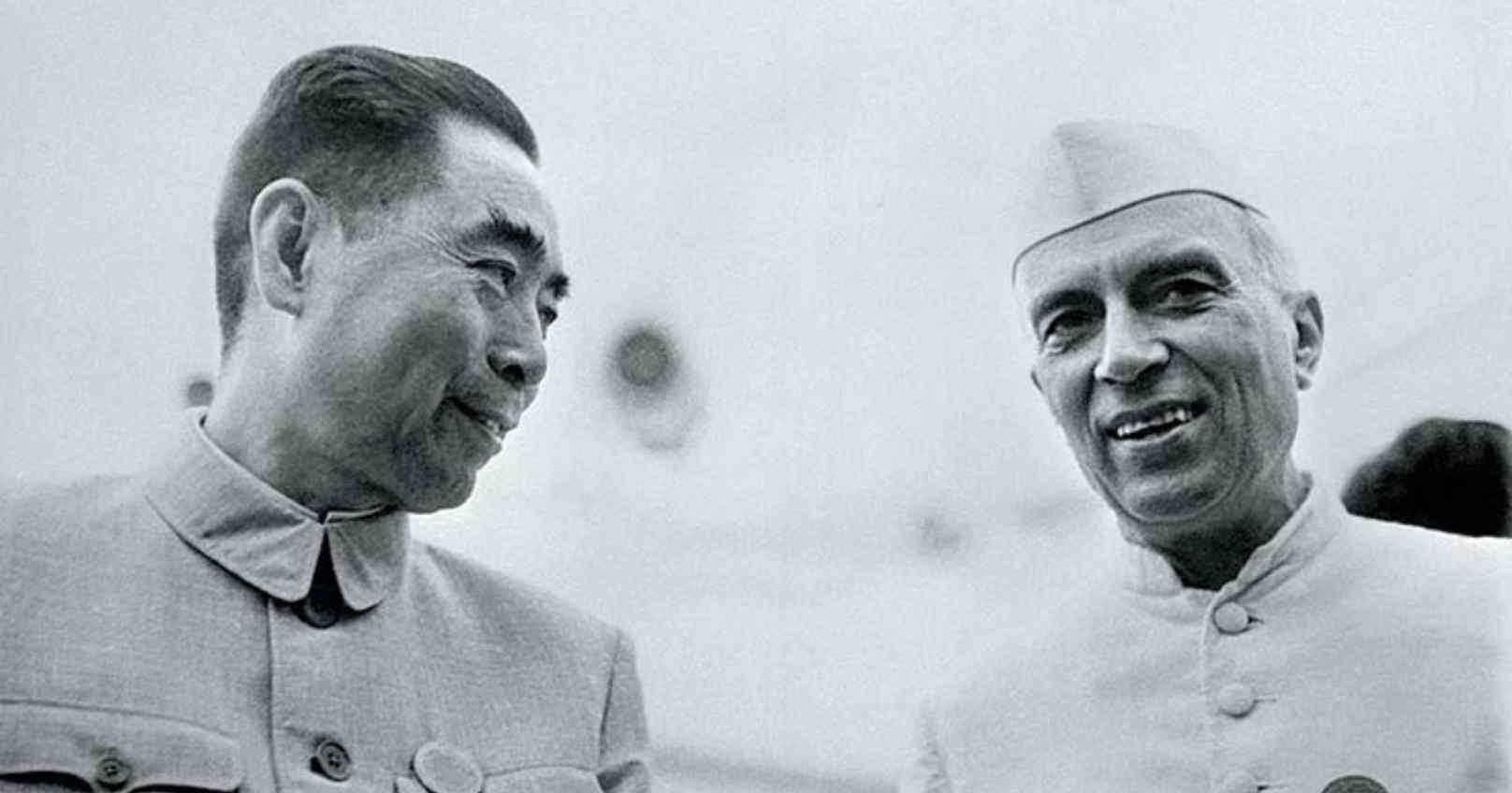
The aftermath of the Bandung Conference marked Indian intelligence agencies turning a blind eye to the construction of the Sinkiang-Tibet Highway across Chinese administered Aksai Chin, meaning ‘white stone desert’, even though foreboding secret American Central Intelligence Agency reports had unobtrusively filtered through to India. On 6th October, 1957, the Chinese newspaper Kuang-Ming Jih-Pao (meaning ‘light’) reported from Hong Kong, ‘The Sinkiang-Tibet - the highest highway in the world - has been completed…The Sinkiang-Tibet Highway is 1,179 km long, of which 915 km are more than 4,000m above sea level; 130 km of it over 5,000m above sea level, with the highest point being 5,500m.’ And on 31st August, 1959, Nehru dropped a bombshell in the Rajya Sabha, ‘According to an announcement made in China, the Yehcheng-Gartok Road, which is also called the Sinkiang-Tibet Highway, was completed in September 1957…Two reconnaissance parties were accordingly sent last year.
One of these parties was taken into custody by a superior Chinese detachment. The other returned and gave us some rough indication of this newly constructed road in the Aksai Chin area.’ What is even most disconcerting is that India’s Defence Minister Vengalil Krishnan Krishna Menon unscrupulously played into the hands of China and lamentably acted against India’s indispensable interests. The result was inevitably disastrous for India as China tossed the Bandung Declaration literally to the wind, treacherously stabbed India in the back and unjustifiably unleashed upon India a devastating 32 day war on 20th October,1962. In a hasty broadcast to the nation over All India Radio, Nehru in a voice choked with discernible emotion said, ‘Huge Chinese armies have been marching in the northern part of NEFA.
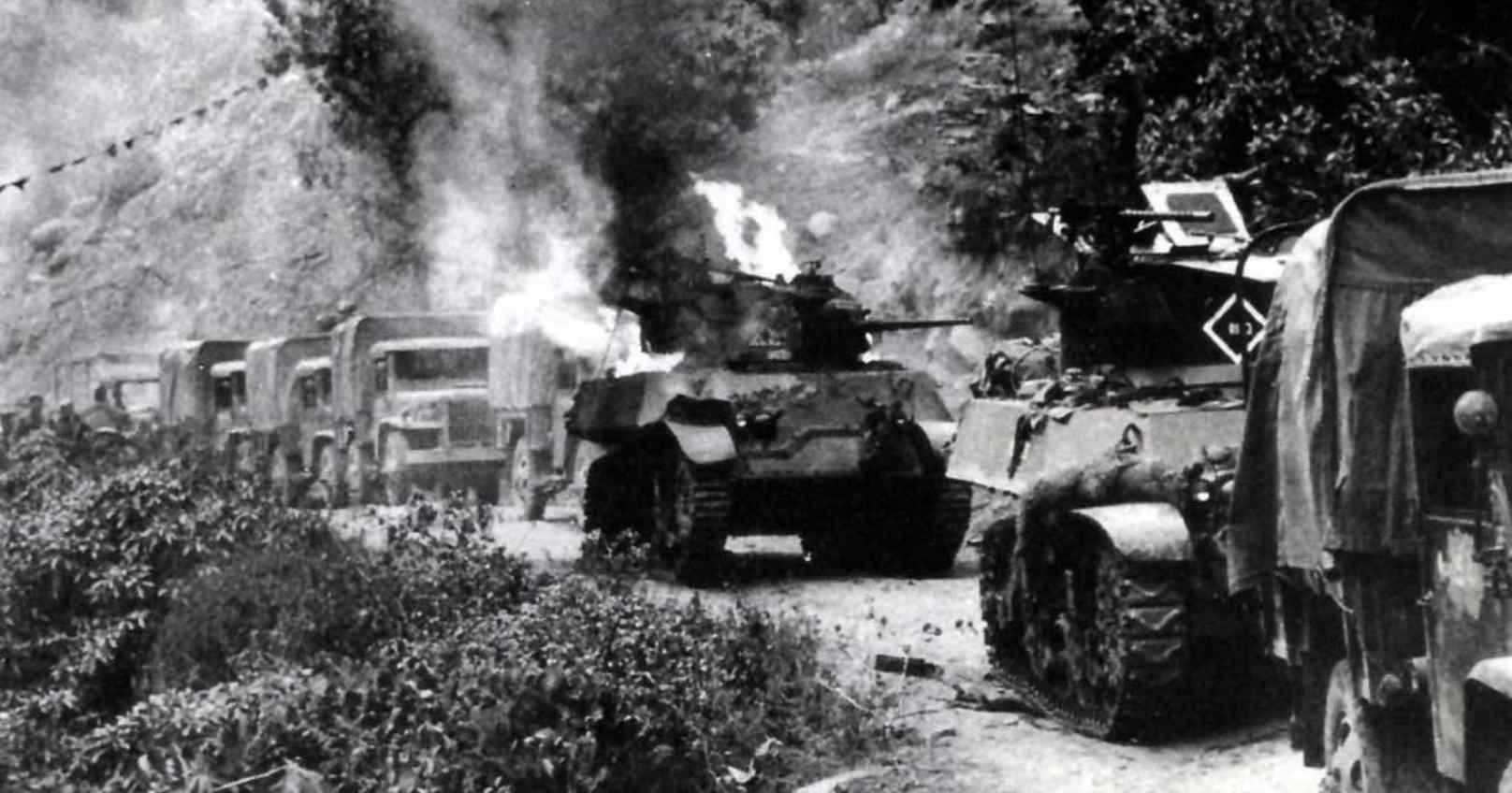
We have had reverses at Walong, Se La, and today Bomdila, a small town in NEFA, has also fallen. We shall not rest till the invader goes out of India or is pushed out.’ On the very same day, the Kennedy administration decided to enact the blockade of Cuba to keep Soviet missiles out of the Western Hemisphere. The Indo-China war thus coincided with the Cuban Missile Crisis that almost brought the world to the precipice of an all out nuclear holocaust. Within days after the war broke out, Kennedy wrote to Nehru, ‘Our sympathy in the situation is wholeheartedly with you. You have displayed an impressive degree of forbearance and patience in dealing with the Chinese. You have put in practice what all great religious leaders have urged, and so few of their followers have been able to do.’ And he followed that up with a positive offer of material assistance asking ‘what [America] can do to translate our support into terms that are practically most useful to you as soon as possible.’
The American response to India’s critical needs to face and counter the Chinese ‘Blitzkrieg’ was prompt and magnanimous. When the Indian situation became particularly frenzied, American Air Force squadrons in the Philippines were kept on high alert to face the invading Chinese troops. And America, through its contacts in Warsaw, conveyed its firm resolve to the Chinese in no uncertain terms to stand by and stand up to India.
Sorties of Lockheed C-130 Hercules aircraft relentlessly carried out paradrops of arms and ammunition as well as essential winter clothing for Indian soldiers fighting in appallingly freezing conditions atop dizzy mountain heights. The Indian national morale hit its rock bottom on 18th November, 1962, when news of further reverses on the desolate, windswept 18,000 feet Rezang La pass reached New Delhi. This is where hordes of Chinese troops at the break of dawn attacked 114 men of Charlie Company of the famed 13th Battalion of the Kumaon Regiment, led by the bravest of the brave Param Vir Chakra posthumous recipient Major Shaitan Singh Bhati.
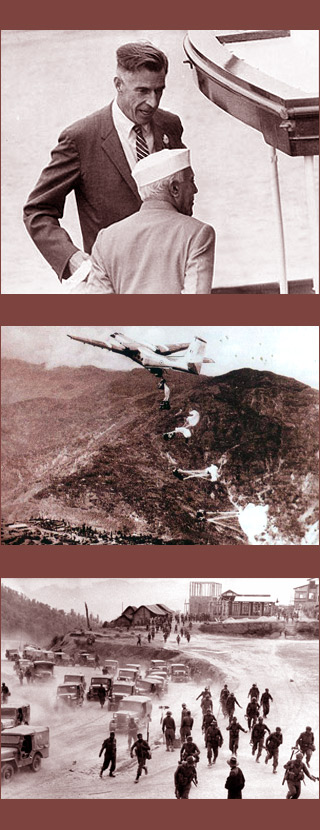
The Company fought with exemplary valour to the last man and the last bullet decimating over 1300 Chinese soldiers and 109 men were ultimately found in a hypothermic state with their weapons in hand! India felt isolated, vulnerable and betrayed, when even the so called ‘friends’ of India like the former Soviet Union shied away from India. On 25th October, 1962, the broadsheet newspaper Pravda (meaning “Truth’), formerly the official newspaper of the Communist Party of the Soviet Union, published a front-page article that squarely laid the entire blame for the Indo-China War on India.
Moscow could ill afford to alienate China during the Cuban Missile Crisis by supporting India! India’s beleaguered army crumbled under the weight of the Chinese offensive. Nehru desperately appealed directly to Kennedy on 19th November,1962 for ‘twelve squadrons of supersonic all-weather fighters’ and ‘modern radar cover.’ He requested the aircraft be ‘manned by U.S. personnel [to] protect our cities and installations and…to assist the Indian Air Force in air battles with the Chinese air force.’ The prodigious Canadian born American economist Prof. John Kenneth ‘Ken’ Galbraith, who was the US Ambassador to India at that time, played a stellar role in championing India’s cause. American aircraft began regularly landing in Delhi and carrying out incisive photoreconnaissance missions over the Indo-Tibet border.

These aerial photographs proved to be of enormous strategic value since India had no maps whatsoever of the areas of conflict. The then US Assistant Secretary of State Roger Hilsman Jr., himself a veteran of the Burma campaign in the Second World War, personally co-ordinated the military aid effort missions over the Indo-Tibet border. Kennedy also despatched the 29th April, 1961 commissioned formidable aircraft supercarrier of the United States Seventh Fleet USS Kitty Hawk (derived from the native American Indian word ‘Chickahawk’, meaning ‘a place to hunt geese’ and evocative of Kitty Hawk in Dare Country, North Carolina, the historical site of the Wright brothers’ first controlled powered airborne flight!) to the Bay of Bengal to help India stave off the Chinese invasion. Upon learning of the all out American military support to India, Pakistan expressed its displeasure, nay indignation, threatening to withdraw from two anti-Soviet alliances viz. CENTO and SEATO.
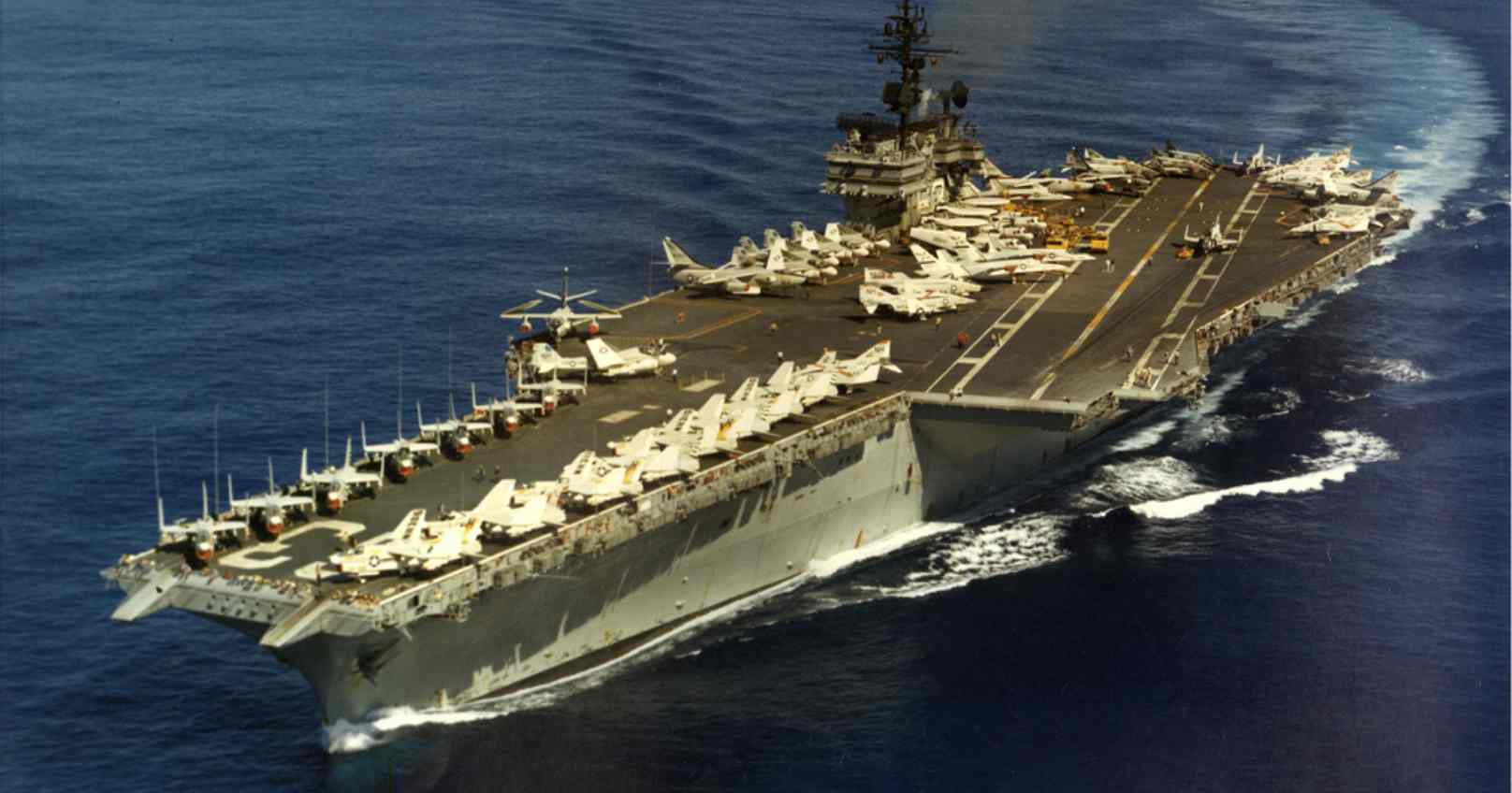
The US National Security Council advisor Robert William ‘Blowtorch Bob’ Komer remarked, ‘The Pakistani[s] are going through a genuine emotional crisis as they see their cherished ambitions of using the U.S. as a lever against India going up in the smoke of the Chinese border war.’ But Washington remained steadfast in its studied determination to support India and made resolute diplomatic efforts to convince Islamabad not to capitalize on the Chinese invasion by pressing its own claims in the Kashmir Valley! On 21st November, 1962, China declared a ‘unilateral cease-fire’ and surprised the world by voluntarily ceding considerable territory it had captured in Arunachal Pradesh.
While it is no doubt true that the Chinese had overstretched their lines of communication and would have found it arduous to sustain themselves, militarily or otherwise, on the Himalayan foothills, it is equally true that the harrowing spectre of direct American intervention, as well as the ominous threat to China conveyed through America’s contacts in Warsaw, played a decisive role in the Chinese decision to unilaterally beat a retreat from Indian territory and eat humble pie. Significantly, India never accepted the ceasefire formally and has not done so till date. It remains undeniably a unilateral declaration! The Indo-American entente continued unabated.
In late November,1962, the US State Department’s Policy Planning Council seriously considered the imposition of ‘a total western embargo against China’ if China ventured to resume hostilities against India. American military sales to India surged in the following years, before coming to an abrupt halt during the 1965 Indo-Pakistan war when Indo-American relations hit their all time nadir in the turbulent Richard Milhous Nixon era. In fact on 9th May, 1963, Kennedy at a meeting with his top military aides, including Defense Secretary Robert Strange McNamara, mulled the idea of using nuclear weapons against China if it launched another attack on India, as part of the avowed American policy to prevent the virulent spread of Communism.
According to a book entitled ‘Listening In : The Secret White House Recordings of John F Kennedy’ authored by Edward ‘Ted’ Ladd Widmer (who served as a White House foreign policy speechwriter during William Jefferson ‘Bill’ Clinton’s Presidency) and Caroline Bouvier Kennedy (Kennedy’s daughter who was just short of her sixth birthday when her father was assassinated), Kennedy declared at a meeting in the Oval Office with his defense aides, including McNamara and the Chairman of the Joint Chiefs of Staff General Maxwell Davenport Taylor, ‘I don’t think there’s any doubt that this country [U.S.] is determined that we couldn’t permit the Chinese to defeat the Indians. If we would, we might as well get out of South Korea and South Vietnam.’
McNamara answered Kennedy by clearly advocating the use of nuclear weapons against the Chinese, ‘Before any substantial commitment to defend India against China is given, we should recognize that in order to carry out that commitment against any substantial Chinese attack, we would have to use nuclear weapons...Any large Chinese Communist attack on any part of that area would require the use of nuclear weapons by the U.S., and this is to be preferred over the introduction of large numbers of U.S. soldiers.’ On 22nd November, 1963, when Kennedy was tragically assassinated in Dallas, Texas, he was genuinely mourned by millions of Indians.
Aside from his disarming personal charisma, the immense influence Kennedy wielded in India had much to do with the policies his administration followed vis a vis India, particularly during the bitter days of the Indo-China War when India faced an ordeal of the most grievous kind. In an article published in the Foreign Affairs, New York, seven months before Kennedy’s death, Nehru encapsulated the Nehru-Kennedy Spirit and America’s role in the Indo-China War, ‘Indo American relations have seldom been as close and cordial as they are now.
The deep sympathy and practical support received from the United States in meeting the Chinese aggression has created a wealth of good feeling and apart from that there is much in common between us on essentials. President Kennedy's vision of a world of free and independent nations, freely co operating so as to bring about a world wide system of inter dependence, is entirely in accord with our own ideas.’ On 16th October, 1964, four months after Nehru’s death on 27th May, 1964, China carried out its maiden nuclear test detonating a 16-kiloton uranium-235 implosion fission device.
The United States was alarmed and expressed its keenness that India should follow suit. Consequently, the nascent seeds of India’s nuclear weapons programme were sown by scientific behemoths like Dr. Homi Jehangir Bhabha, popularly known as ‘the Indian Oppenheimer’, with tacit American support. India’s second Prime Minister Lal Bahadur Shastri inaugurated the Plutonium Reprocessing Plant at Trombay on 22nd January, 1965. He also authorized the development of nuclear explosives, which led to the launch of the Nuclear Explosive Design Group and the Study of Nuclear Explosions for Peaceful Purpose (SNEPP) under the stewardship of Bhabha. In February 1965, Bhabha visited Washington, DC and met with Under Secretary of State George Wildman Ball, who chronicled, ‘Dr. Bhabha explained that if India went all out, it could produce a device in 18 months; with a U.S. blueprint it could do the job in six months’. India’s attitude to the then raging conflict in South East Asia (Vietnam, Laos and Cambodia) also underwent a sea change and its criticism of American actions became muted.
India also provided enormous logistical support to the Americans. As far as China was concerned, from 1962 onwards, India was no longer adhering to its avowed ‘non alignment’ policy. But such is the shroud of secrecy that these facts are seldom unravelled openly even though more than 60 long years have gone by. A resurgent, belligerent Communist China poses a grave and compelling land, sea, air, cyberspace, artificial intelligence, biological and chemical threat to the entire democratic, free world. On 16th June,2020, the hydra-headed Chinese Dragon, without any provocation whatsoever, attacked Indian soldiers in the high altitude Galwan valley in Ladakh and shockingly killed 20 Indian bravehearts and wantonly injured many more with stones, nail-studded sticks, iron rods and clubs in the fashion of primitive barbaric savages.
The Galwan episode, which turned out to be the deadliest confrontation between the two Asian giants in over five decades, fundamentally changed India’s carefully nurtured foreign policy towards China. The Modi Government’s message to China is now resoundingly loud and crystal clear : either adopt ‘One India’ as a policy measure and renounce your claims on Ladakh, Sikkim and Arunachal Pradesh, or face a vocal, assertive India assailing your vital interests on the world stage, including your territorial claims on Taiwan, your occupation of Tibet and Xinjiang, and your human rights violations in Tibet, Xinjiang and Hong Kong. Touche!


